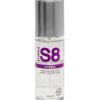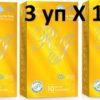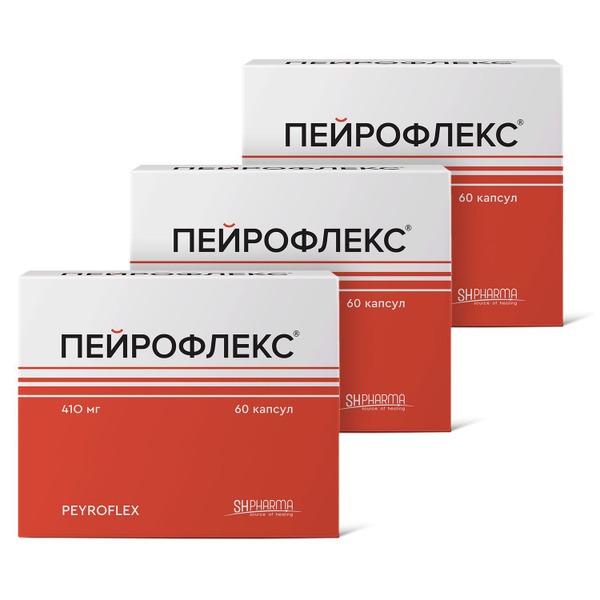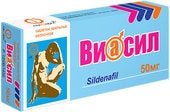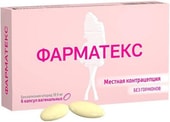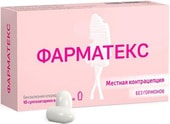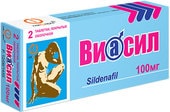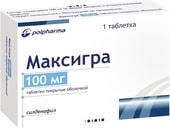Peyronie’s Disease Treatment: Peyroflex Capsules (3 Packs of 60)
$149.00
Out of stock
SKU: 661448751
Category: Sexual health
Peyronie’s Disease Treatment: Peyroflex 3-Pack (180 Capsules)
Description: This comprehensive Peyroflex treatment package contains three bottles, each with 60 capsules (180 capsules total). Peyroflex targets multiple mechanisms involved in scar tissue formation, helping alleviate Peyronie’s disease symptoms and potentially slowing plaque development. The unique formulation combines key ingredients clinically shown to support healthy penile function. Learn more about the science behind Peyroflex and its efficacy in treating Peyronie’s disease.
Key Ingredients and Their Benefits:
Peyroflex leverages the synergistic effects of carefully selected ingredients:
- Para-Aminobenzoic Acid (PABA): This naturally occurring amino acid plays a crucial role in nucleic acid synthesis (RNA and DNA). Numerous studies indicate PABA’s anti-inflammatory and antifibrotic properties, making it effective in treating fibrotic conditions such as Dupuytren’s contracture and Peyronie’s disease. Specifically, potassium para-aminobenzoate stabilizes tissue-specific enzymes and directly inhibits the fibroblast cells responsible for plaque formation. [13, 14] Clinical trials demonstrate its significant efficacy in managing penile curvature.
- D-α-Tocopherol (Vitamin E): A potent antioxidant, Vitamin E combats oxidative stress, a significant factor in Peyronie’s disease plaque formation. By neutralizing free radicals, it helps mitigate the damage caused during both acute and chronic phases of the disease. [1]
- L-Carnitine Tartrate: This molecule, similar to an amino acid, plays a vital role in cellular energy production. L-Carnitine tartrate inhibits fibroblast proliferation and collagen formation by reducing free radical activity and intracellular calcium concentrations. It also protects and repairs cells damaged by inflammation and microvascular trauma. [19] Clinical trials using L-carnitine show significant pain reduction during erection (92% of participants), along with a marked decrease in penile curvature and plaque size. [20, 21]
Scientific Backing:
The efficacy and safety of Peyroflex’s ingredients are supported by extensive scientific literature. (See references below)
References:
- Sikka S.C. et al. Int. J. Impot. Res. 2002. Vol. 14, № 5. P. 353–360.
- Tasanarong A. et al. J. Med. Assoc. Thai. 2011. Vol. 94 Suppl 7. P. S1-9.
- Haas A.L. et al. Ophthalmic Res. 1996. Vol. 28, № 3. P. 171–175.
- Godbout J.P. et al. J. Neuroimmunol. 2005. Vol. 169, № 1–2. P. 97–105.
- Jiang Q. et al. Proc. Natl. Acad. Sci. 2008. Vol. 105, № 51. P. 20464–20469.
- Fazzio A., Marilley D., Azzi A. Biochem. Mol. Biol. Int. 1997. Vol. 41, № 1. P. 93–101.
- Scardino P.L., Scott W.W. Ann. N. Y. Acad. Sci. 1949. Vol. 52, № 3. P. 390–396.
- Chesney J. Br J Urol. 1975. Vol. 47. P. 209–218.
- Pryor J., Farrell C. Prog Reprod Biol Med. 1983. Vol. 9. P. 41–45.
- Devine C.J., Horton C. Semin Urol. 1987. Vol. 5. P. 251–261.
- Halal A.A., Geavlete P., Ceban E. J Med Life. 2012.
- Paulis G. et al. Andrology. 2013. Vol. 1, № 1. P. 120–128.
- Nehra A. et al. J. Urol. 2015. Vol. 194, № 3. P. 745–753.
- Hauck E.W. et al. Urologe. 2005. Vol. 44, № 10. P. 1189–1196.
- ZARAFONETIS C.J., HORRAX T.M. J. Urol. 1959. Vol. 81, № 6. P. 770–772.
- Hasche-Klünder R. Urologe. A. 1978. Vol. 17, № 4. P. 224–227.
- Riley A. BR J Sex Med. 1979. Vol. 6. P. 29–33.
- Carson C.C. Tech. Urol. 1997. Vol. 3, № 3. P. 35–139.
- Jack G.S., Gonzalez-Cadavid N., Rajfer J. Curr. Urol. Rep. 2005. Vol. 6, № 6. P. 454–460.
- Biagiotti G., Cavallini G. BJU Int. 2001. Vol. 88, № 1. P. 63–67.
- Cavallini G. et al. BJU Int. 2002. Vol. 89, № 9. P. 895–900.
Related products
Sale!
Sexual health
 Free worldwide shipping on orders $99+
Free worldwide shipping on orders $99+  US: temporary delays — postal services aligning new import rules,
US: temporary delays — postal services aligning new import rules,  EU: 1–2 weeks,
EU: 1–2 weeks,  Worldwide: 1–4 weeks
Worldwide: 1–4 weeks 

